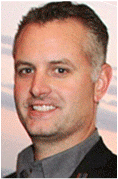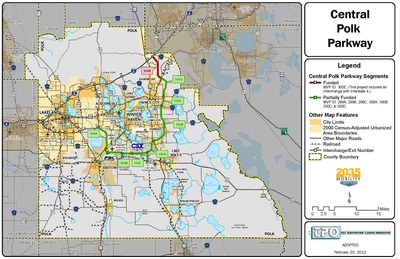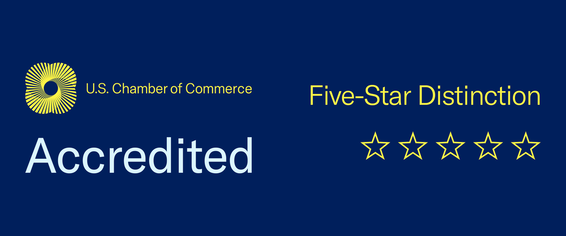 Kevin Kieft Kevin Kieft By Kevin Kieft, President/CEO of the Lake Wales Area Chamber of Commerce & Economic Development Council This is an expert of his post. To read the full post click through to lakewaleschamber.com. __ Anyone who’s had to travel U.S. Highway 27 between Lake Wales and Interstate 4 knows that it’s a busy stretch of highway. Very busy. Some might even use the word congested — and that’s despite a steady stream of widening and improvement projects through the years. It’s easy to understand why U.S. 27 is so well traveled. Polk County’s population is increasing at a significant clip — particularly on the eastern side — putting more motorists on the highway. The transportation and distribution segments of the Polk economy are booming, as evidenced by the new CSX Intermodal Rail Terminal in south Winter Haven and the expansion of Oakley Transport Inc. in Lake Wales, just to give two examples. Overall commerce is picking up all over the county. The four-year-old LEGOLAND Florida Resort in Winter Haven is wildly popular as a family tourism destination. And, as every transportation planner and anyone with a vehicle knows, U.S. 27 is the only major option for a north-south route on Polk’s east side.  If it’s slow going now on U.S. 27 — and it is, fed by many east-west roads and sprinkled heavily with traffic lights — imagine what the traffic will be like in just a few years if something isn’t done soon to provide some motoring relief. Polk County’s population now stands roughly at 635,000 (a U.S. Census Bureau estimate put it at 634,638 for 2014), but projections have the population pushing 1 million by 2040. That’s an estimated 300,000 more residents for Polk in just 25 years, with the trends already showing that population growth on the county’s east side — along the U.S. 27 corridor — will outpace the growth on the west side. As large as it is (larger than the state of Rhode Island), Polk County has plenty of room for 300,000 more residents, but most of its roads — U.S. 27 in particular — don’t have the capacity for the vehicles these new residents will drive or the extra trucking of goods that will be required to support many more consumers here. In the matter of roads, something has to give, the Polk Vision Economic Development Committee was told recently. The “something” likely will have to be the Florida Legislature, with the gift being an agreement to send a good-size slice of state transportation dollars to Polk County. William Roll of Kimley-Horn and Associates Inc., a Lakeland-based engineering planning firm, spoke to the Polk Vision committee about the need for alternative transportation routes in Polk County and the keys to managing transportation to support positive economic growth. Much of his presentation was about East Polk and U.S. 27, which, for the critical miles from Lake Wales in the south to I-4 in the north, has been expanded almost to the limit possible. One vision for an alternate north-south route for East Polk — the eastern leg of the proposed six-lane, limited-access Central Polk Parkway (CPP) — already is in place (and has been since the Florida Department of Transportation proposed it in 2008), but the details, the designs, the engineering, the approvals, and funding for the route are not. So far, the western leg of the CPP, a 10-mile stretch extending southeasterly from the Polk Parkway near Winter Haven to State Road 60 east of Bartow, has received nearly all of the state funding for design work. The proposed 30-mile-long eastern leg of the CPP would extend from S.R. 60 east of Bartow to the east side of U.S. 27 and then take a northerly route to I-4, terminating near the Polk-Osceola County line. The eastern leg of the CPP roughly would parallel U.S. 27, on the eastern side of the older highway, from the Waverly area up to I-4. Read the remainder of the post on Lake Wales blog.
0 Comments
Your comment will be posted after it is approved.
Leave a Reply. |
Upcoming Events |
|


